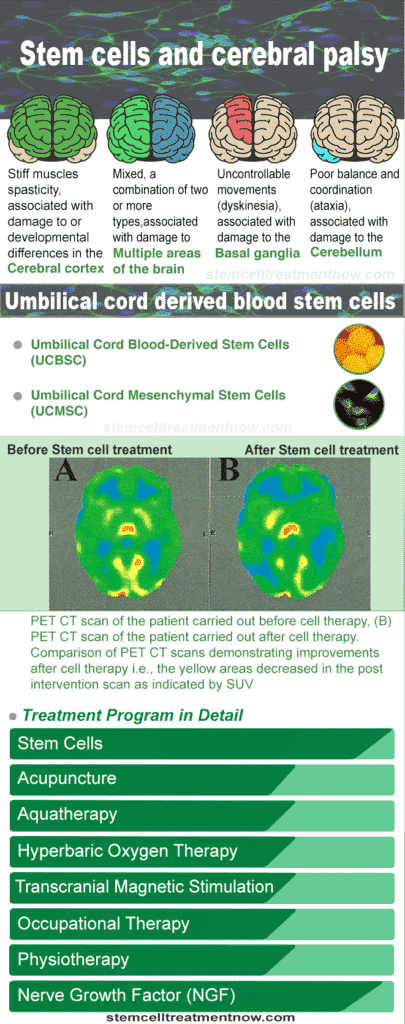

Processes for procuring and expanding autologous and allogenic MCS are often proprietary. There are only a small number of stem cells in organs and tissues and their ability to divide is limited thus they must be cultured and manipulated to produce sufficient quantities for treatment. They have since been grown from other tissues such as adipose tissue, the amnion, Wharton’s jelly and the umbilical cord as well as muscle, synovial membrane and tendons. MSCs were first identified in bone marrow and demonstrated an ability to make bone, cartilage and fat cells. Cells meeting the ISCT criteria for must be cultured in the laboratory. Such cells may have immunomodulary and anti-inflammatory properties as well which may support and stimulate cells to enhance repair processes. bone marrow, fat and synovium) that are plastic adherent, express certain cell markers but not others and are capable of differentiating into bone, cartilage and fat forming cells. The International Society for Cell Therapy (ISCT) has defined mesenchymal stromal cells as multipotent progenitor cells derived from nonhematopoeitic tissues (e.g. MSCs are isolated from the connective tissue surrounding organs and other tissues called stroma, prompting some scientist to suggest that “mesenchymal stromal cells” may be a more accurate name. The accuracy and use of the term “mesenchymal stem cell” has been questioned. Mesenchymal stem cells (MSCs) are generally defined as multipotent adult stem cells that have potential to differentiate in to various musculoskeletal tissues and have been most commonly described. Tissue- specific (adult, somatic) stem cells have been most commonly described related to the treatment of musculoskeletal pain conditions of interest for this HTA and will be the focus. Stem cell sources may be autogenic or allogenic. Because adult stem cells are rare in mature tissues and a variety of other cell types are included in the sampling process, identification, isolation and growth of adult stem cells in laboratory settings is required methods for expansion and culturing cells in sufficient numbers for transplantation are not well developed. These are termed multipotent and are often found deep within tissues of organs that continuously replenish themselves. In contrast, tissue-specific, (adult, somatic) stem cells have differentiated into specialized cells that may produce some or all of the mature cell types contained in a specific organ or tissue. Induced pluripotent cells are a topic of ongoing research their production involves the engineering or “reprograming” of adult cells to behave like pluripotent embryonic stem cells. Under the right conditions, they can be replicated and cultured in this undifferentiated state. Embryonic stem cells are able to generate any type of cell and are referred to as pluripotent. Stem cell types are often described as embryonic stem cells (obtained at the earliest developmental stages), somatic stem cells (also referred to as adult or tissue-specific stem cells) and recently, induced pluripotent stem cells which are engineered from specialized cells. All stem cells have three general properties: they are capable of dividing and renewing themselves for long periods of time, they are unspecialized and they can give rise to specialized cell types”. The NIH defines stem cells as “different from other kinds of cells in the body. Tissue engineering and use of stem cells have been active areas of research for the treatment of orthopedic and musculoskeletal conditions. Thus, there has been much interest in the use of stem cell therapy to stimulate repair and regeneration for such conditions. For many orthopedic conditions, effective non-surgical treatment options are limited. Musculoskeletal tissues that have a limited capacity for endogenous repair include vertebral discs, cartilage, tendons, ligaments and muscle. Use of stem cell therapies has been referred to a part of “regenerative medicine” by some. These properties of stem cells make them attractive, promising approaches for treating a variety of medical conditions. they can give rise to multiple cells of the same kind) for long periods of time and to differentiate into mature cells with specific functions are part of normal physiologic processes for replacing injured tissues and cells. Stem cells are the basis of all tissues and organs in the body. Final report published: February 19, 2020.Public comment period: December 31 to January 29, 2019.Draft report published: December 31, 2019.Final key questions published: October 18, 2019.Public comment period: September 19 to October 2, 2019.

Draft key questions published: September 19, 2019.


 0 kommentar(er)
0 kommentar(er)
